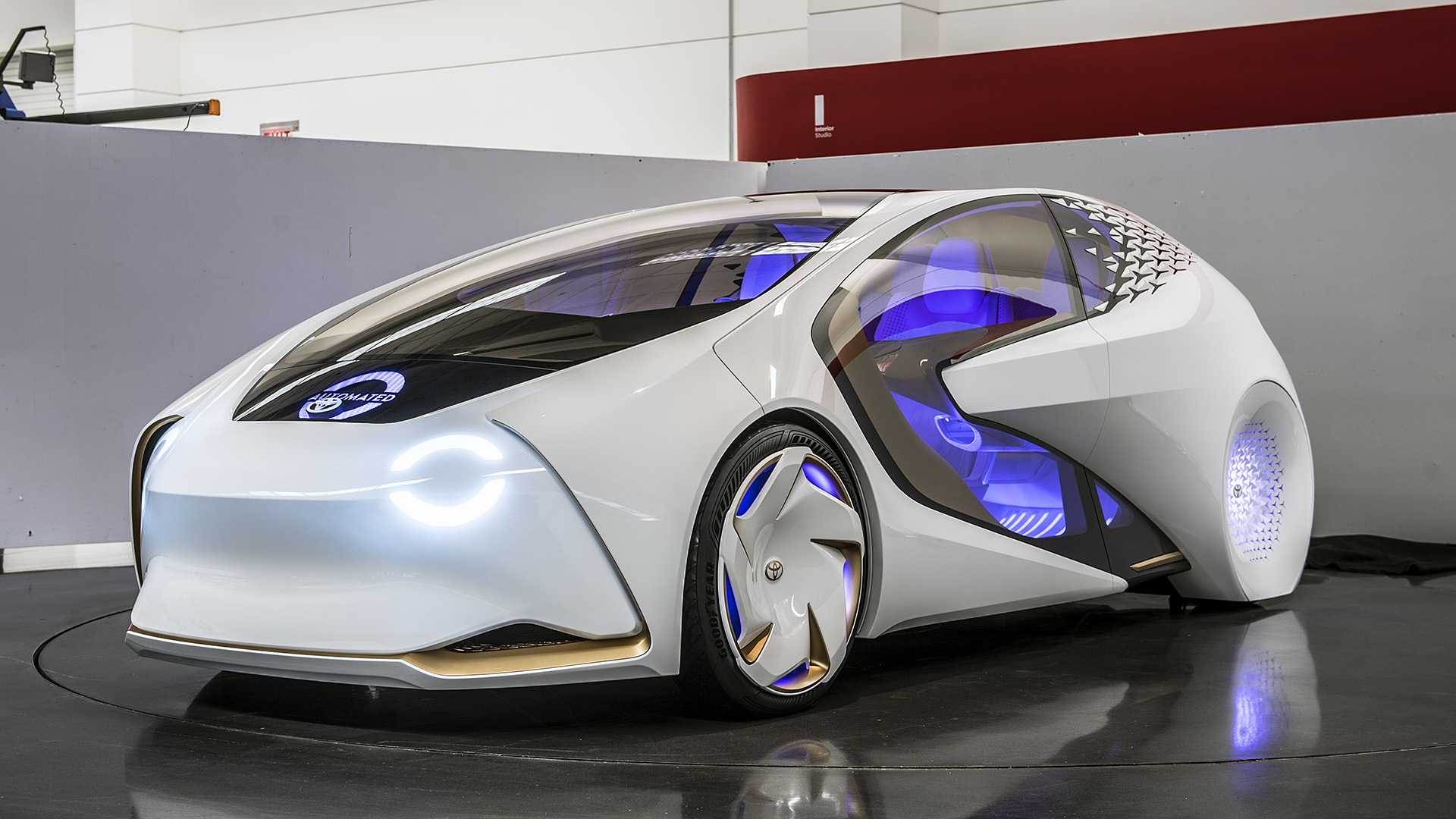The Future Is Here: Autonomous Electric Cars Explained Imagine a world where vehicles glide silently along highways, responding to traffic signals, interpreting human behavior, and making split-second decisions — all without a driver’s hand on the wheel. A world where commutes become relaxing, traffic congestion diminishes, and road safety is no longer at the mercy of human error. That world is not decades away. It’s already materializing — courtesy of autonomous electric cars.
These marvels of engineering and artificial intelligence are the amalgamation of green energy propulsion and intelligent autonomy. In this new automotive frontier, autonomous electric cars are not only redefining mobility, but also reshaping economies, urban landscapes, and the very concept of transportation itself.

A Synergy of Two Revolutions
The future of driving doesn’t hinge on a single innovation but on a dazzling fusion of two transformative technologies: electrification and autonomy.
Electric vehicles (EVs) tackle the environmental conundrum. They produce zero tailpipe emissions and dramatically reduce noise pollution. Autonomy, on the other hand, eradicates human error — the root cause of over 90% of traffic accidents. When these technologies converge, the result is a transportation revolution with profound implications.
Autonomous electric cars marry sustainable powertrains with machine precision, creating a breed of vehicles capable of sensing, deciding, and acting in real-time, all while being kinder to the planet.
What Makes a Car “Autonomous”?
Autonomy is a spectrum, not a binary switch. The Society of Automotive Engineers (SAE) defines six levels of autonomy:
- Level 0: No automation. All driving tasks are human-controlled.
- Level 1: Basic assistance like cruise control or lane-keeping.
- Level 2: Partial automation. The car can steer and accelerate but needs human oversight.
- Level 3: Conditional automation. The vehicle handles most tasks, but a driver must be ready to intervene.
- Level 4: High automation. The car operates independently in specific conditions or geofenced areas.
- Level 5: Full autonomy. No steering wheel needed — just tell the car where to go.
Current autonomous electric cars mostly exist between Level 2 and Level 4, but the march toward Level 5 is relentless. Tesla’s Full Self-Driving (FSD), Waymo’s robotaxis, and Baidu’s Apollo Go are all spearheading the journey.
How Do Autonomous Electric Cars Work?
These cars don’t operate on instinct or experience. Instead, they rely on an ecosystem of sophisticated technologies working in concert:
1. Sensors Galore
Cameras, radar, ultrasonic sensors, and LiDAR (Light Detection and Ranging) form the car’s sensory network. Together, they paint a 360-degree, real-time picture of the surroundings — spotting pedestrians, road signs, cyclists, and even potholes.
2. Artificial Intelligence
This is the brain. Using deep learning algorithms, the car interprets sensor data, predicts the movement of other road users, and makes driving decisions — when to brake, accelerate, swerve, or signal.
3. High-Definition Maps
Unlike traditional GPS, HD maps used in autonomous electric cars provide granular detail — down to the location of curbs, stop lines, and lane markings. These maps, continuously updated via the cloud, serve as the car’s contextual reference.
4. Connectivity
Vehicle-to-everything (V2X) communication allows cars to talk to traffic signals, other vehicles, and infrastructure. This interconnectivity enhances situational awareness and supports predictive navigation.
5. Electric Drivetrain
Electric powertrains not only reduce emissions but also enable precision. The near-instant torque of EV motors allows autonomous systems to execute smooth and responsive maneuvers, critical for passenger comfort and safety.
Benefits Beyond Imagination
Safer Roads
Human error — distraction, fatigue, intoxication — accounts for most traffic fatalities. By eliminating these variables, autonomous electric cars promise a seismic drop in accidents. They don’t text, they don’t doze off, and they never drive drunk.
Greener Commutes
Powered by clean energy and optimized for efficiency, these vehicles drastically reduce greenhouse gas emissions. When paired with renewable sources, the environmental footprint becomes almost negligible.
Time Reclaimed
With no need to focus on the road, passengers can use travel time productively — for work, entertainment, or rest. Commutes transform from tedious to tranquil.
Reduced Congestion
AI-driven vehicles can communicate and coordinate with each other, smoothing traffic flow, reducing braking incidents, and optimizing routing. Urban traffic could become a relic of the past.
Accessibility Revolution
Elderly individuals, visually impaired persons, and those unable to drive will gain newfound mobility and independence. Autonomous electric cars democratize transportation.
Industry Trailblazers
Tesla
Arguably the most publicized name in the game, Tesla is pushing toward full autonomy with its FSD software. Its cars gather millions of miles of data daily, feeding a neural net that learns and evolves continuously.
Waymo
A division of Alphabet Inc., Waymo has already deployed a commercial autonomous ride-hailing service in Phoenix, Arizona. Their vehicles operate with no safety driver — a milestone in autonomy.
Cruise
Backed by General Motors and Honda, Cruise is testing fully autonomous vehicles in San Francisco. Their vehicles run entirely on electricity, underscoring the push for clean autonomy.
Nuro
Focusing on delivery rather than passenger transport, Nuro’s compact, electric autonomous pods are revolutionizing last-mile logistics for groceries and takeout.
The Challenges Ahead
Regulatory Labyrinth
No unified legal framework exists yet. Each country — and often, each state — has its own rules. Until international standards are established, the rollout of autonomous electric cars will be fragmented.
Ethical Dilemmas
What should a car do if an accident is inevitable? Protect the passenger or the pedestrian? These moral quandaries remain unresolved and require philosophical, legal, and societal consensus.
Technological Hurdles
Weather conditions, unpredictable human behavior, and rare edge-case scenarios still challenge AI systems. While progress is impressive, true Level 5 autonomy is not yet foolproof.
Infrastructure Needs
Smart traffic lights, dedicated AV lanes, and urban planning tailored to autonomous vehicles are still under development. The cars may be ready before the cities are.
Data Privacy
These vehicles generate terabytes of data daily. Protecting this information from misuse or hacking is a critical concern, especially with increasing vehicle-to-network connectivity.
Urban Transformation
Redesigning Cities
Parking lots, gas stations, and congested intersections could become obsolete. Freed-up space can be repurposed into green parks, pedestrian zones, and affordable housing. Cities will be quieter, cleaner, and more spacious.
Smart Mobility Ecosystems
Public and private autonomous electric cars will integrate with buses, trains, and scooters. Transportation becomes seamless — one app, one payment, multiple options.
Decentralized Living
If commuting becomes stress-free, people may choose to live further from urban centers. This could lead to the revitalization of rural and suburban areas.
Economic Ripple Effects
New Jobs
While some driving jobs may diminish, new roles in AI development, fleet management, cybersecurity, and EV maintenance will emerge. The industry will pivot, not collapse.
Lower Costs
Autonomous ride-sharing could be dramatically cheaper than owning a personal vehicle. Combined with low EV operating costs, mobility becomes more affordable for all.
Global Competitiveness
Nations that lead in the deployment of autonomous electric cars will gain economic, technological, and strategic advantages in the global marketplace.
Sustainability and Circular Economy
The green promise of autonomous electric cars extends beyond zero-emission driving. Battery recycling, eco-friendly manufacturing, and responsible sourcing of rare earth metals are vital.
Firms are investing heavily in battery second-life programs, closed-loop supply chains, and low-impact factories. Sustainability is becoming an end-to-end priority, not an afterthought.
Looking to the Horizon
As machine learning matures and regulations evolve, autonomous electric cars are poised to become a staple of everyday life. They will no longer be novelties on the news or experimental projects tucked into Silicon Valley garages. They will be everywhere — gliding through streets, parked in driveways, or arriving at your doorstep with the groceries you ordered 10 minutes earlier.
The Final Destination
This isn’t just an upgrade in transportation — it’s a paradigm shift. A transition from fossil fuels to electrons. From steering wheels to sensors. From human drivers to cloud-connected intelligences.
In a not-so-distant tomorrow, the clamor of engines and honking horns will give way to serene electric hums and whisper-quiet autonomy. The future isn’t coming. It’s here.
And it’s electrified. Intelligent. Autonomous. Bold.
It’s driven by autonomous electric cars.






